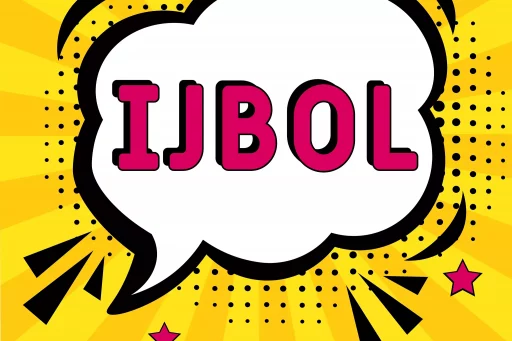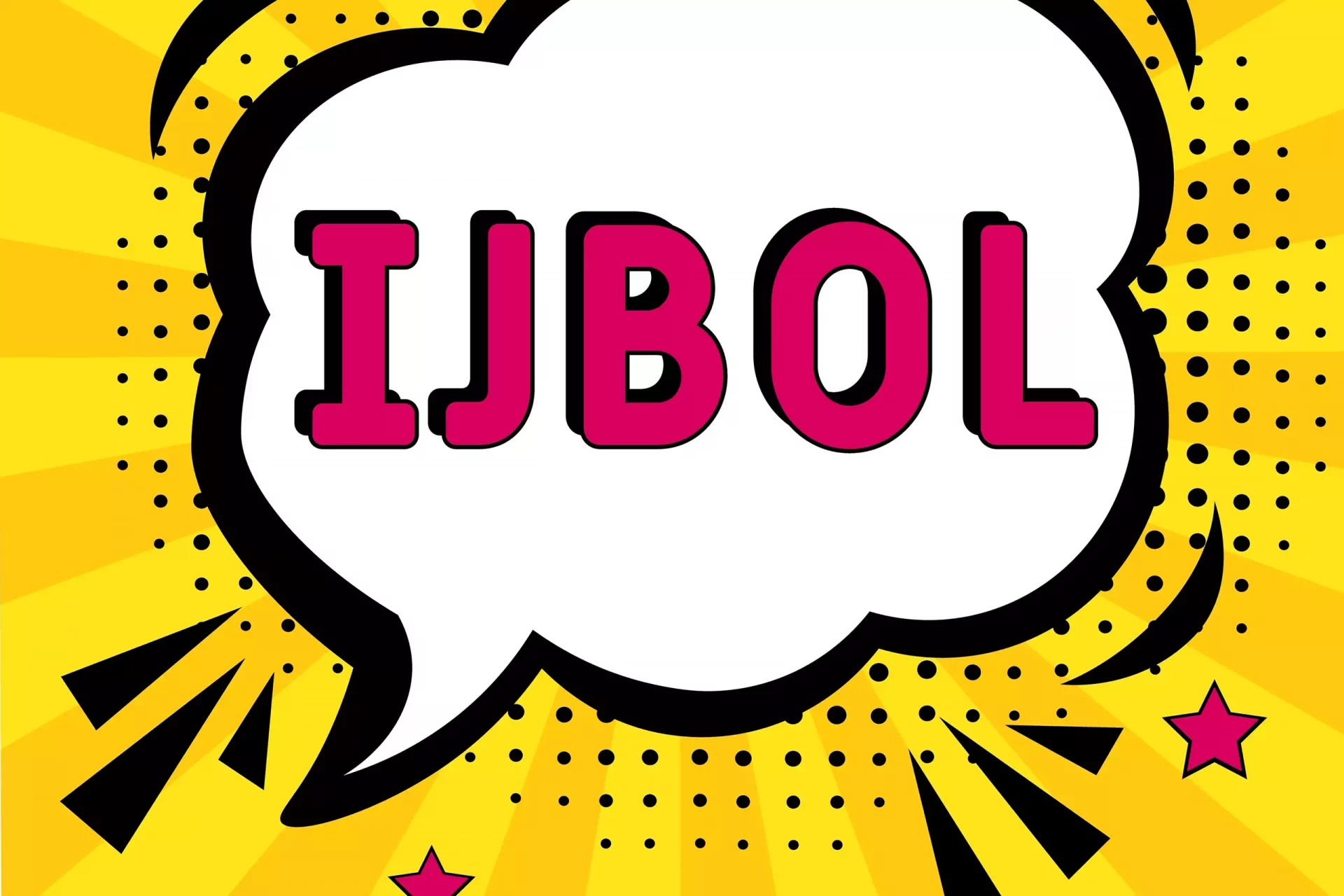Introduction to RCS Chat
In the landscape of texting and messaging, RCS or Rich Communication Services has emerged as a powerful tool that enhances the way we communicate through our mobile devices. This protocol offers a more advanced messaging experience compared to traditional SMS and MMS. In this article, we’ll explore what RCS chat means, its functionalities, and its impact on the messaging ecosystem.
What is RCS Chat?
RCS is designed to replace SMS and MMS, bringing features that allow for richer communication. With RCS, users can enjoy various functionalities, including:
- Group chat capabilities
- High-resolution photo and video sharing
- Read receipts and typing indicators
- Location sharing
- Integration with chatbots
This next generation messaging standard is supported on both Android and iOS devices, although it is predominantly used in Android devices at the moment.
The Differences Between RCS and SMS
Understanding the differences between RCS and SMS is essential for appreciating the value that RCS brings. Here are some key distinctions:
- Multimedia: RCS allows for sharing high-quality images, videos, and audio files, while SMS is limited to plain text and basic multimedia options.
- Interactivity: RCS supports interactivity with features such as quick replies and suggested actions, giving users more functionality than standard text messages.
- Delivery reports: RCS offers real-time delivery reports, while SMS only informs you whether a message has been sent.
- Group Chats: In RCS, group messaging allows for more than just adding contacts, including the ability to add or remove participants smoothly.
These enhancements significantly improve user experience and open new doors for businesses and consumers alike.
Real-World Examples of RCS in Use
Companies around the globe are harnessing the power of RCS for customer engagement. For example, airlines such as American Airlines and United Airlines use RCS to provide passengers with real-time flight updates, boarding information, and even itinerary changes. This direct communication increases customer satisfaction and reduces the need for tedious calls or website checks.
Moreover, businesses are leveraging RCS for marketing campaigns. Brands can create interactive messages that allow customers to browse catalogs, make purchases, or engage with products directly through the chat interface.
Statistics on RCS Adoption
The shift to RCS is not merely an aspiration; various statistics underline its growing adoption:
- According to a report by Juniper Research, over 6 billion RCS messages are expected to be sent globally by 2023.
- As of 2022, over 500 mobile operators and 60% of broadband providers support RCS.
- RCS adoption rates are expected to surge to 1.5 billion by 2024, with businesses starting to realize the benefits of enhanced messaging.
These figures indicate a robust trend towards RCS, emphasizing its potential as a primary communication method.
The Future of RCS
What does the future hold for RCS? As it is integrated further into mobile operating systems and as the technology matures, we can expect:
- Increased interoperability between platforms, allowing RCS messages to be sent across different devices seamlessly.
- A surge in use among businesses for customer support and marketing, leveraging interactive features.
- Enhanced security features to protect user data and privacy.
The road ahead looks promising, especially as consumers become accustomed to richer engagement through messaging.
Conclusion
RCS chat is revolutionizing how we communicate through text messaging by providing an array of features that enhance user experience. With its adoption across various sectors and a promising future, RCS stands out as a powerful tool in the digital communication toolkit.


